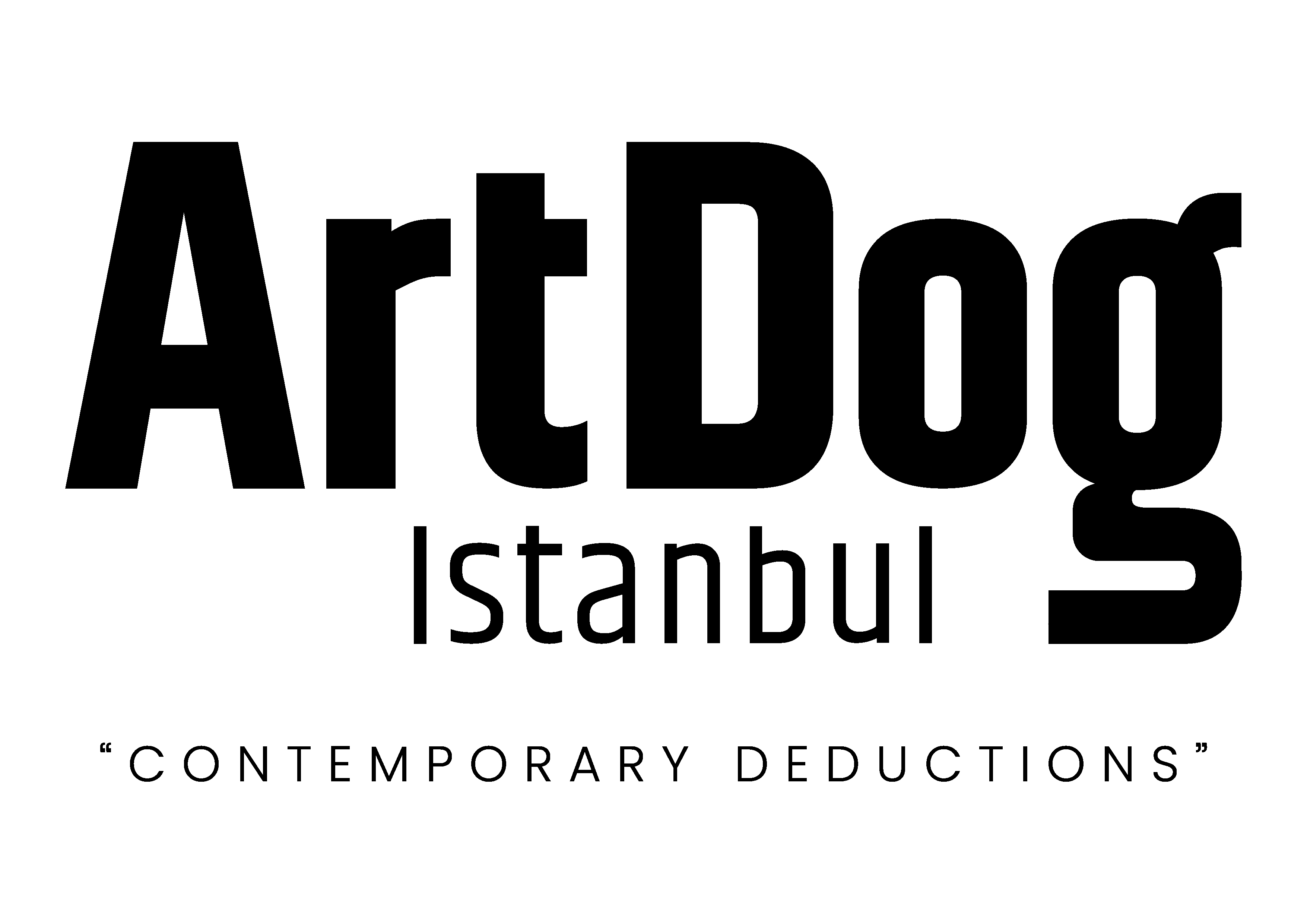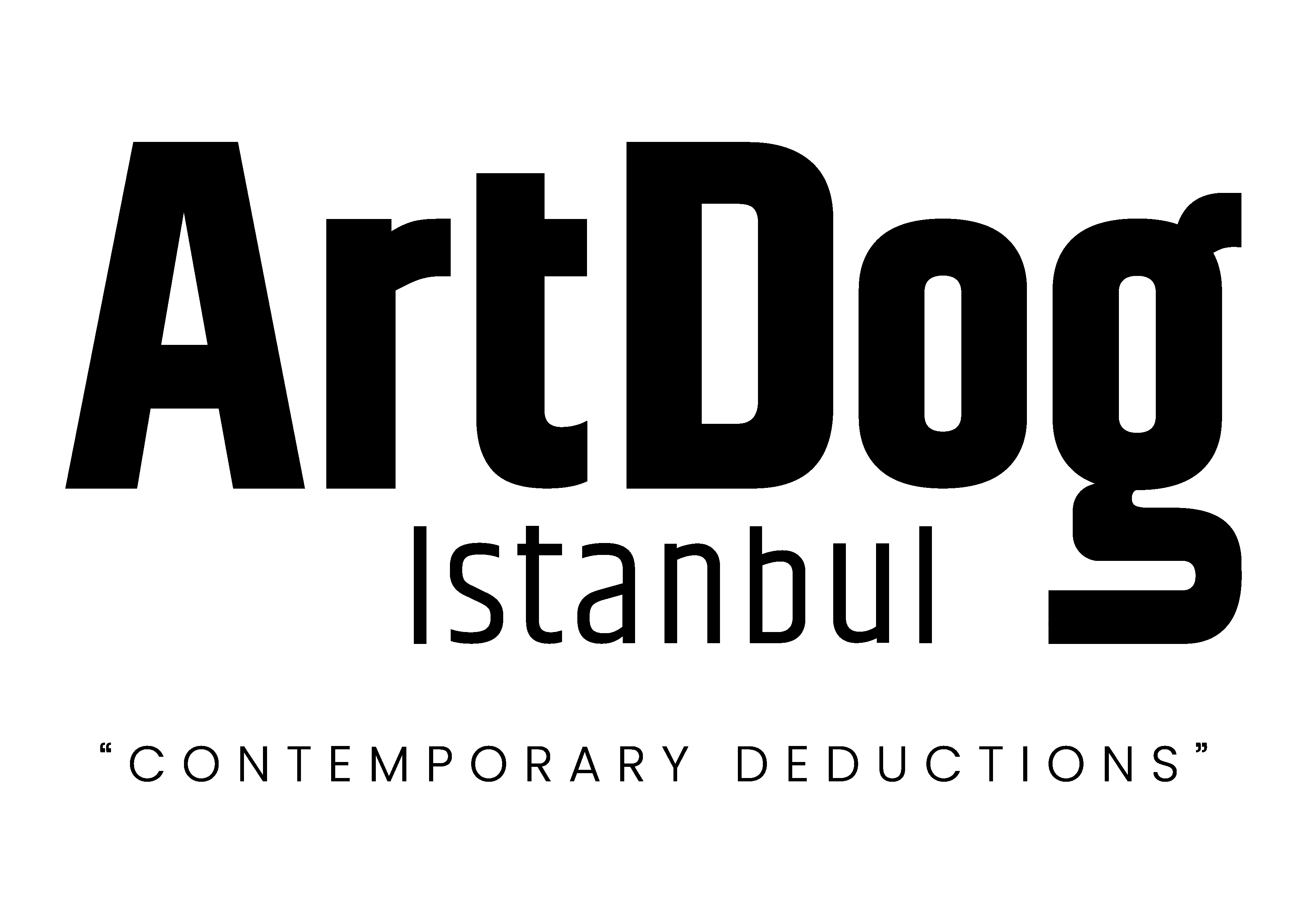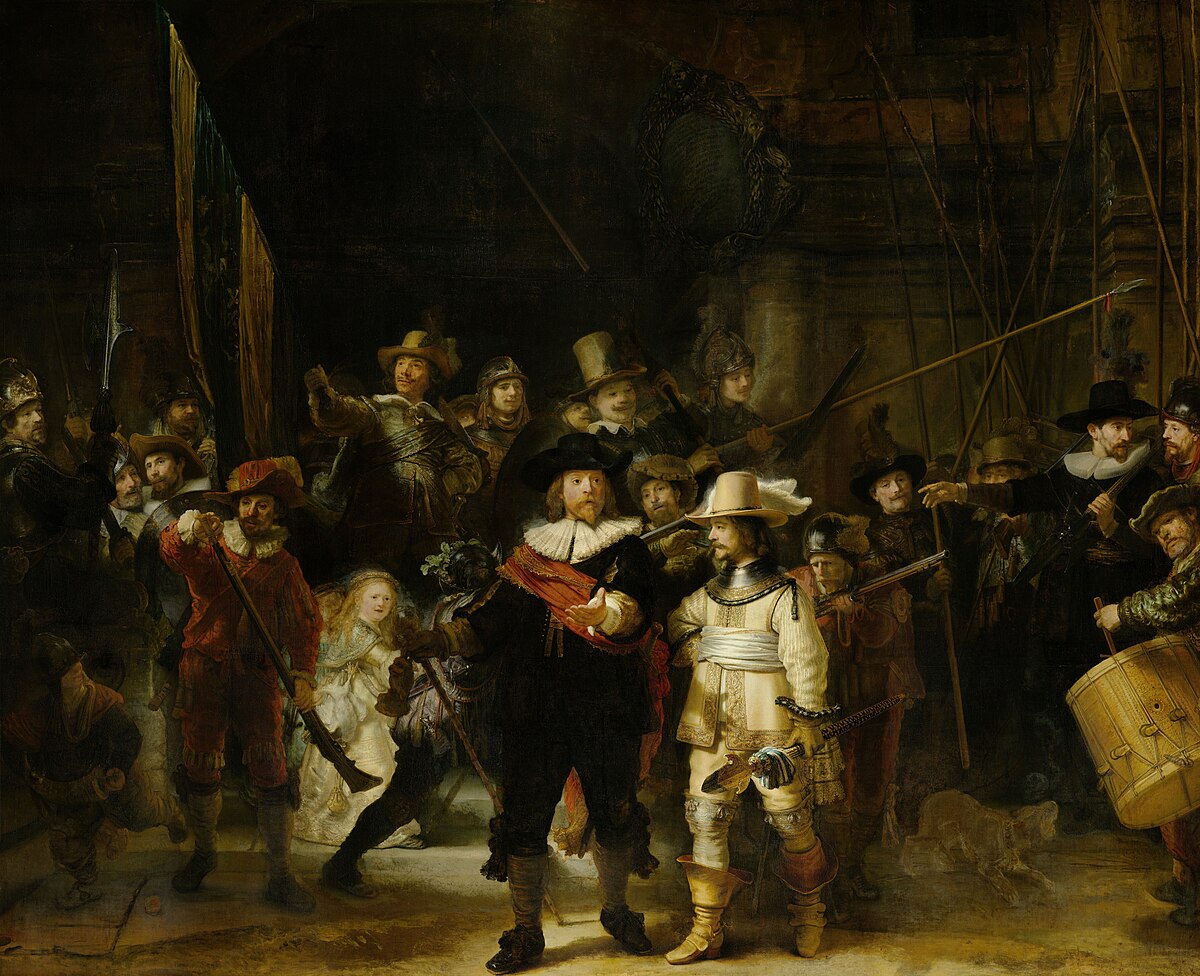At Amsterdam’s Rijksmuseum, the ongoing restoration and research project “Operation Night Watch”, launched in 2019, has uncovered the surprising source of the barking dog in Rembrandt’s 1642 masterpiece, The Night Watch.
While composing the complex scene, Rembrandt van Rijn (1606–1669) drew inspiration from a 1619 drawing by Adriaen van de Venne (1590–1662). The connection, previously unnoticed despite both works being part of the Rijksmuseum collection for more than a century, was first identified by curator Anne Lenders, who recognized the striking similarity during an exhibition at the Zeeuws Museum. The dog’s head, collar, and pose are almost identical in both works.
A Watershed in Art History
When it was first unveiled, The Night Watch stood apart from tradition. Neither a religious painting, nor a historical allegory, nor a portrait of nobility, it was instead a vivid depiction of Amsterdam’s civic guard, symbolizing national pride.
Rijksmuseum director Taco Dibbits explained to The Guardian:
“In 16th-century Italian treatises on painting, young artists were encouraged to borrow from other works, adapt them, and improve upon them. It was called emulation.”
Van de Venne was not only a painter but also a poet and publisher. The dog that Rembrandt borrowed appears in an illustration for Jacob Cats’s 1620 book Self-stryt (Self-Conflict), depicting the biblical story of Joseph and Potiphar’s wife.
Echoes in Other Works
Further research shows that this influence extended beyond The Night Watch. Rembrandt’s 1655 painting Joseph Accused by Potiphar’s Wife features not only a pose similar to Van de Venne’s Joseph but also background details resembling the earlier drawing.
It remains uncertain how Rembrandt first encountered the work, but Cats’s book was widely circulated at the time. Moreover, Rembrandt was known to own an extensive collection of prints and drawings from which he often drew inspiration.







